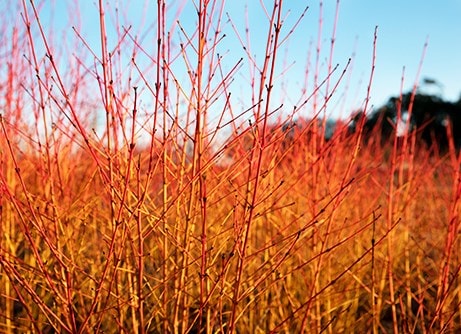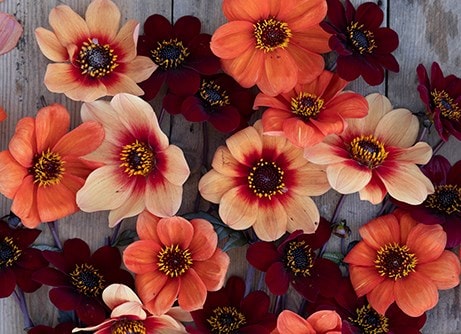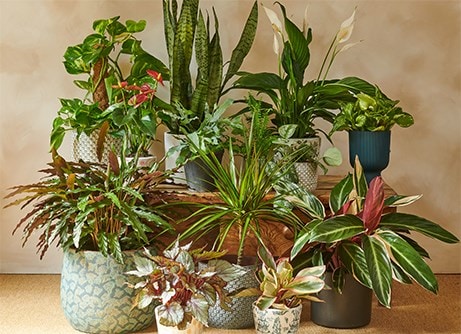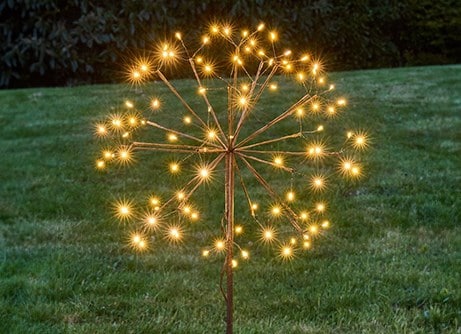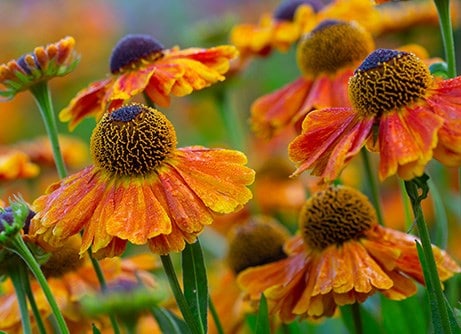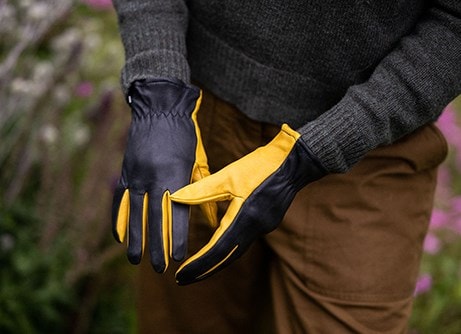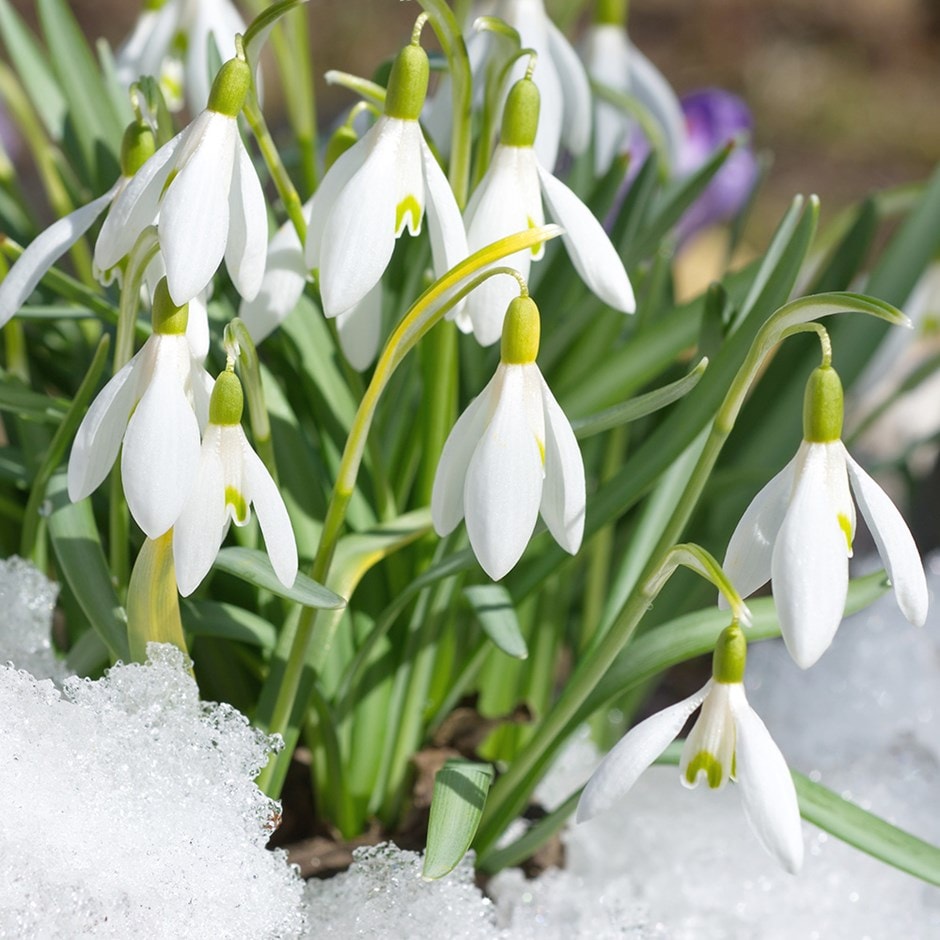
This snowdrop has been grown in the UK for around 100 years, but it originates from a wide range of habitats in north-eastern Turkey and southern Russia, where it can be found naturalised in forests, fields, ditches and grassy meadows, as well as rocky gorges, screes and stony slopes.
Because of its wide range of natural habitats, Galanthus woronowii is a pretty tough customer and can be grown just about anywhere. It has a basal rosette of chunky green leaves that are waxy to the touch, and from their centre emerges a single stem bearing the delicate white flower which has a small green mark on the inner segments. A delight!
Because of its wide range of natural habitats, Galanthus woronowii is a pretty tough customer and can be grown just about anywhere. It has a basal rosette of chunky green leaves that are waxy to the touch, and from their centre emerges a single stem bearing the delicate white flower which has a small green mark on the inner segments. A delight!
How to care for Galanthus woronowii:
These hardy spring bulbs prefer partial shade and moisture-retentive, humus-rich soil. When planting dormant bulbs in autumn, plant them 10cm (4in) deep and apart in September and October.
For 'in the green' plants, maintain the same depth they were growing at previously, in ground prepared with plenty of organic matter such as bagged or home-made well rotted compost.
After flowering, allow the foliage to die back naturally, as this replenishes the bulb's energy for next year's display. Where bulbs are planted in grass do not cut the grass until after the leaves have died right back. An annual feed with a good general-purpose fertiliser (like Vitax Q4) in autumn will help keep the bulbs growing vigorously.
For pots and containers, plant snowdrops more densely for an abundant show. Ensure good drainage and consider moving pots to a sheltered spot during summer dormancy.
For 'in the green' plants, maintain the same depth they were growing at previously, in ground prepared with plenty of organic matter such as bagged or home-made well rotted compost.
After flowering, allow the foliage to die back naturally, as this replenishes the bulb's energy for next year's display. Where bulbs are planted in grass do not cut the grass until after the leaves have died right back. An annual feed with a good general-purpose fertiliser (like Vitax Q4) in autumn will help keep the bulbs growing vigorously.
For pots and containers, plant snowdrops more densely for an abundant show. Ensure good drainage and consider moving pots to a sheltered spot during summer dormancy.
Flowering period:
- Jan
- Feb
- Mar
- Apr
- May
- Jun
- Jul
- Aug
- Sep
- Oct
- Nov
- Dec
Eventual height:
0.15m
Eventual spread:
0.05m
Position:
Full sun / light shade
Rate of growth:
Average
Soil:
Moderately fertile, moist, but well-drained soil, or general-purpose loam-based potting compost
-
Humans/Pets: Harmful if eaten
Product options

10 × bulbs
£8.99
£0.90 each
available to order from summer
Unavailable

20 + 10 FREE bulbs
£17.98
£0.60 each
available to order from summer
Unavailable
1
Delivery options (pick your preferred option at checkout)
Bulbs (only)£4.99
Goes well with
Lonicera × purpusii 'Winter Beauty'
winter honeysuckle
From £26.99
View options
| 2 litre pot | £26.99 |
|
| 10 litre pot | 60 - 80cm tall | £89.99 |
|
| 3 × 2 litre pots | £59.99 |
|
View details
Bulb planting auger - long
From £7.99
View options
| large | £15.99 |
|
| medium | £11.99 |
|
| small | £7.99 |
|
| set of 3, save £6 | £29.97 |
|
View details
Bulb planting auger - short
From £6.99
View options
| medium | £11.99 |
|
| small | £6.99 |
|
| large | £14.99 |
|
| set of 3, save £5 | £28.97 |
|
View details
Malus 'Evereste'
crab apple 'Evereste' (syn. Malus 'Perpetu')
From £34.79
View options
| 12 litre pot | MM106 root stock | 1.6m | £109.99 |
|
|
| bare root | MM106 root stock | 1m tall | £48.99 |
|
|
| bare root | MM111 root stock | 1.2m tall | £34.79 |
|
|
| 9 litre pot | MM111 | 1.2 - 1.5m tall | £59.99 |
|
|
| 9 litre pot | MM106 | 1.2 - 1.5m tall | £59.99 |
|
View details

